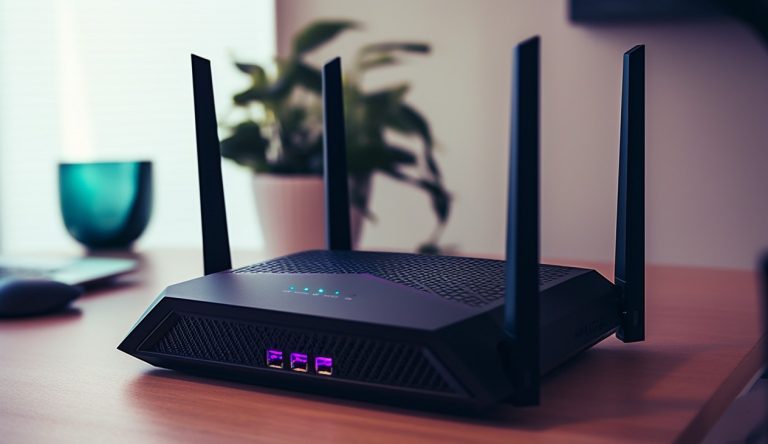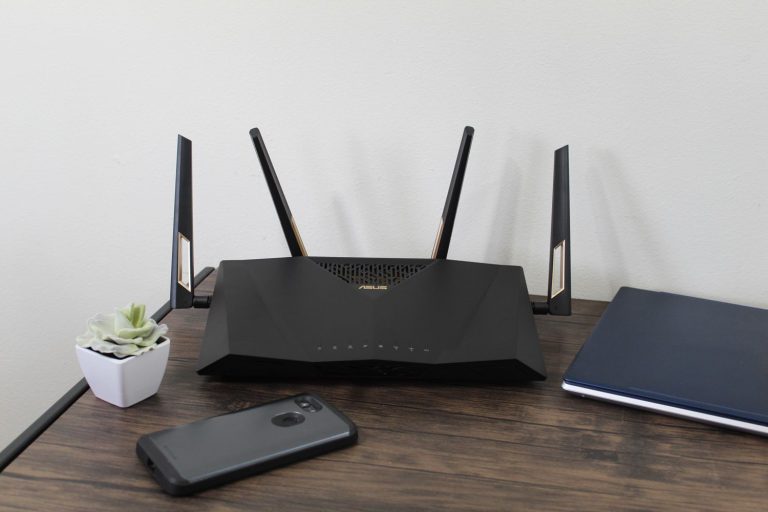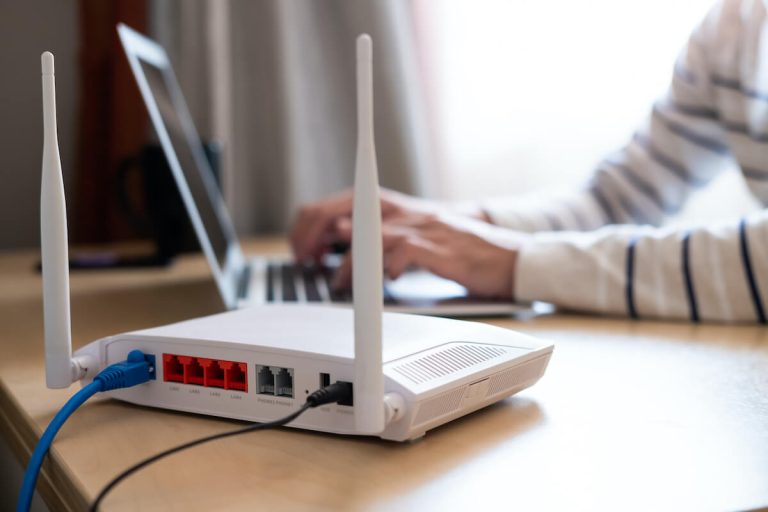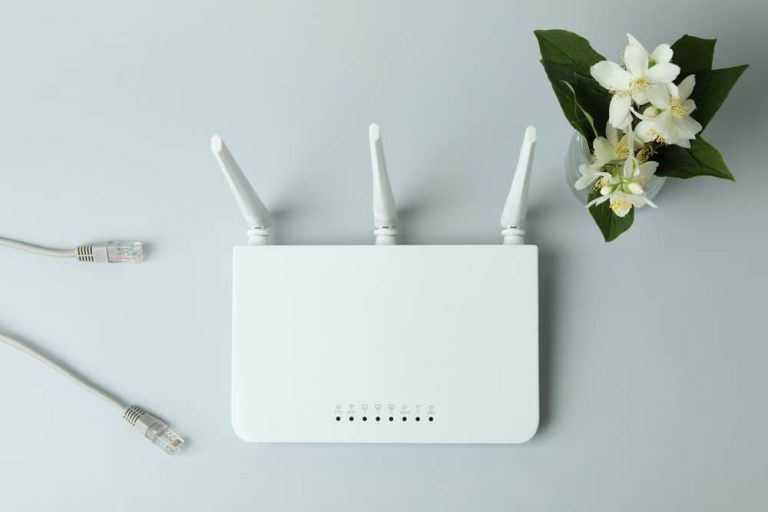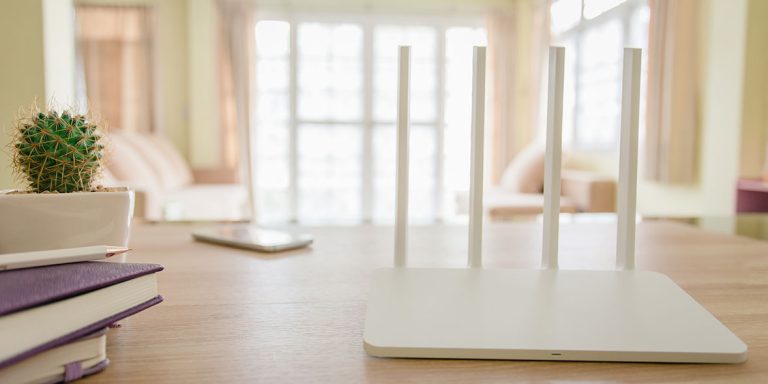I Can’t See My Wireless Network In the List
Table of Contents
Picture this: you’re all set for work or a cozy binge-watching session, but your laptop’s playing hide-and-seek with your WiFi network.
But here’s the twist – your laptop’s playing favorites with the neighbor’s WiFi. Annoying, isn’t it? So, how do you make your WiFi network visible again?
In this article, we explore why your wireless network is invisible, and the various hacks that can bring back your connection.
Why Can’t I See My Wireless Network?
There are several reasons why you can’t see your wireless network; your network may be hidden, your laptop’s WiFi settings might be off, or there could be interference from other devices or networks.
Sometimes, it might be a simple oversight, like the network not being in range or your router not functioning correctly. On the brighter side, with a bit of troubleshooting, you can often get your network to reappear on your list of available networks and enjoy uninterrupted internet connectivity.
Laptop Not Detecting My WiFi But Detecting Others
When your laptop detects other WiFi networks but overlooks yours, it’s as if it has its preferences when it comes to acknowledging available networks. There are several reasons that could be causing this to happen.
First, network prioritization could be at play. Your laptop may maintain a list of favored networks, and your WiFi network isn’t on that list. Therefore, your laptop sees other networks, leaving yours in the shadows.
Another factor could be your laptop’s operating system. Windows and Mac OS employ different approaches for network detection. Occasionally, these differences can affect which networks are visible to your laptop. Additionally, security settings might barricade your WiFi network visibility from your laptop. Although your network might be securely configured, it is considered unsafe due to these settings.
Physical proximity between your laptop and the router might also affect your network’s visibility. When your router is far from your laptop, or there are obstacles between your router and your laptop, your network could become undetected. Additionally, your laptop could find it hard to recognize your network if it does not broadcast its SSID.
Finally, another reason that could cause your laptop not to find your network is router-related problems, such as settings or damaged hardware. To be able to solve the issue of your laptop not seeing your network, you have to find out the cause and find the right solutions to ensure your WiFi network becomes visible to your laptop.
Why Phone is Seeing WiFi Network and laptop Isn’t
Your phone and your Laptop handle network detection differently. Sometimes, your smartphone can effortlessly detect your WiFi network while your laptop is unable to find it.
Often, phones actively search for and connect to available networks immediately after you turn on your WiFi. However, if you’re using a laptop, it might have security settings that do not allow it to see your WiFi network. Therefore, although your WiFi network is fully functional and within range, your laptop might not find it visible.
What to Do When Your Network Vanishes
When your network vanishes from the list of available networks, it leaves you disconnected and in the dark. Luckily, you can fix this issue and get back to surfing without worry.
Here are steps that you can use to get your network visible again:
Check the basics
Start by ensuring that your router is powered on and functioning correctly. Likewise, make sure your laptop, smartphone, or other devices you want to connect to are within range of the router. Sometimes, simple oversights like a power outage or accidentally turning off your device’s WiFi can be the reason your WiFi network is not visible.
Check the network list management
If your network’s name gets buried among other available networks, it’s time to manage your network list more effectively. You can do this by giving your network a more distinctive name. Additionally, you can remove outdated or unused networks from your device’s list.
Review your network’s security settings
Occasionally, overly strict security protocols can lead to connectivity issues. Make sure your device’s security settings match those of your network and that you’re using the correct password.
Ensure you are in your router’s range
The physical proximity between your device and the router is crucial. If you’re too far away or if there are physical obstacles like walls and large objects in the way, it can result in a weak signal. Ensure that the device you are using to connect to your WiFi network is at a distance where it can receive good signal strength from your router.
Update your router firmware and device drivers
Keeping your router’s firmware and your device’s network drivers up to date is essential. Outdated software can be the hidden culprit behind WiFi network issues. Check your router manufacturer’s website and your device’s support page for the latest updates.
Consider hardware issues
If none of the above solutions work, you may need to consider hardware problems. It’s possible that your laptop, smartphone, or router is experiencing hardware issues affecting connectivity. In this case, consult the manufacturer’s support or seek professional assistance.
How to Resolve WiFi Network Issues on Your Phone
If it’s your smartphone that’s giving you trouble, here’s how you can resolve the issue:
Restart your phone
A simple restart can work wonders. It resets network configurations and may kickstart your phone into detecting your WiFi network.
Forget the network
On your phone, forget your WiFi network, then re-enter the password. This can help your phone establish a fresh connection.
Reset network settings
As a last resort, you can reset your phone’s network settings. Keep in mind that this will erase all saved network information, so be sure to have your WiFi password on hand.
Conclusion
It can be frustrating when your devices detect other networks but not yours. It slows and interrupts your work, and you will be forced to wait until the issue is resolved. If you can’t see your wireless network in the list, use any of the solutions above to solve the issue you may be having.
FAQ
How do I manually add a wireless network?
To manually add a wireless network, go to your device’s network settings. Look for the “Add Network” or “Manually Connect” option, usually found in the WiFi settings. Enter the network’s name (SSID) and security details, and your device should connect to it.
Where is my WiFi network?
If you can’t see your WiFi network on the list, check your router and device. Ensure your router is powered on and broadcasting the SSID. Make sure your device’s WiFi is enabled and within range of the router. If your network still doesn’t show up, follow the troubleshooting available to solve the issue.
How do I update my WiFi driver?
To update your WiFi driver, go to your device’s “Device Manager” (on Windows) or “System Preferences” (on Mac). Locate your network adapter, right-click, and select “Update driver” (Windows) or “Software Update” (Mac). Follow the on-screen instructions to search for and install the latest driver.
How do I enable my wireless connection?
To enable your wireless connection, go to your device’s network settings. Look for the “WiFi” or “Wireless” option and turn it on. Your device should then search for available networks and connect to the one you’ve previously configured or the ones in your in its range.

